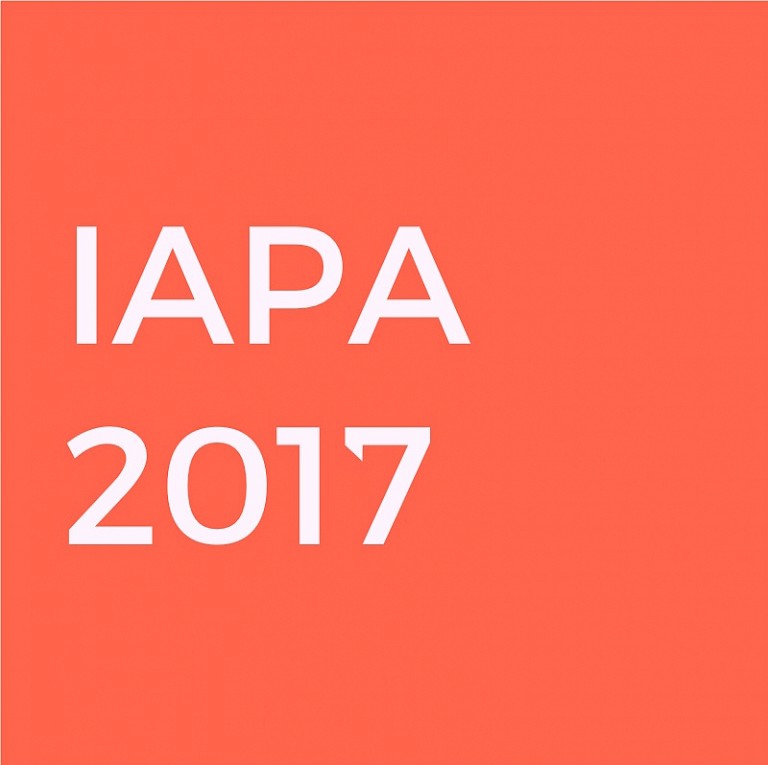



The buildings chosen were: Paraguay Building, located in the heart of Lagunilla a neighborhood from colonial times; Reforma Avenue Hotel, that survived the 1985 earthquake and is located on the most important avenue of the city; Universal newspaper, located at the entrance to the historical downtown and founded in 1916; Dolores Building, which marks the entrance to Chinatown, since the 1920s; W Hotel, located in one of the most luxurious parts of town where government officials, corporate people and tourists collide and Chihuahua Building, located in Tlatelolco, and a witness to many historical events.The eight internationally renowned street artists were: Roa (Belgium), Interesni Kazki (Ukraine), El Mac (USA), Herakut (Germany), Vhils (Portugal), Escif (Spain), Saner (Mexico) and Sego (Mexico).
A series of events and paintings took place from April 30 - May 5, 2012, and this became a model for large-scale street art festivals in Latin America, mainly because it brought a kind of art usually secluded to underground places associated with criminality, right to the heart of downtown Mexico City, giving it the artistic status that it has nowadays.Although for visitors and locals the artists’ names were not so well known, actually having access to the creative process and witnessing their impressive skills in producing a painting of this scale, became the main focus of the festival as it connected the passersby with art and reconnected locals with their city.The event had three components, called: Walls, Words and Works. Words refers to the academic component; Walls, to the big-scale artworks on the streets; and Works, to small-scale works in galleries.
All City Canvas started as a weeklong festival with considerable international acclaim, and has now become an ambitious production platform for street art around the world.
All copyright belongs to Shanghai Academy of Fine Arts, Shanghai University.



